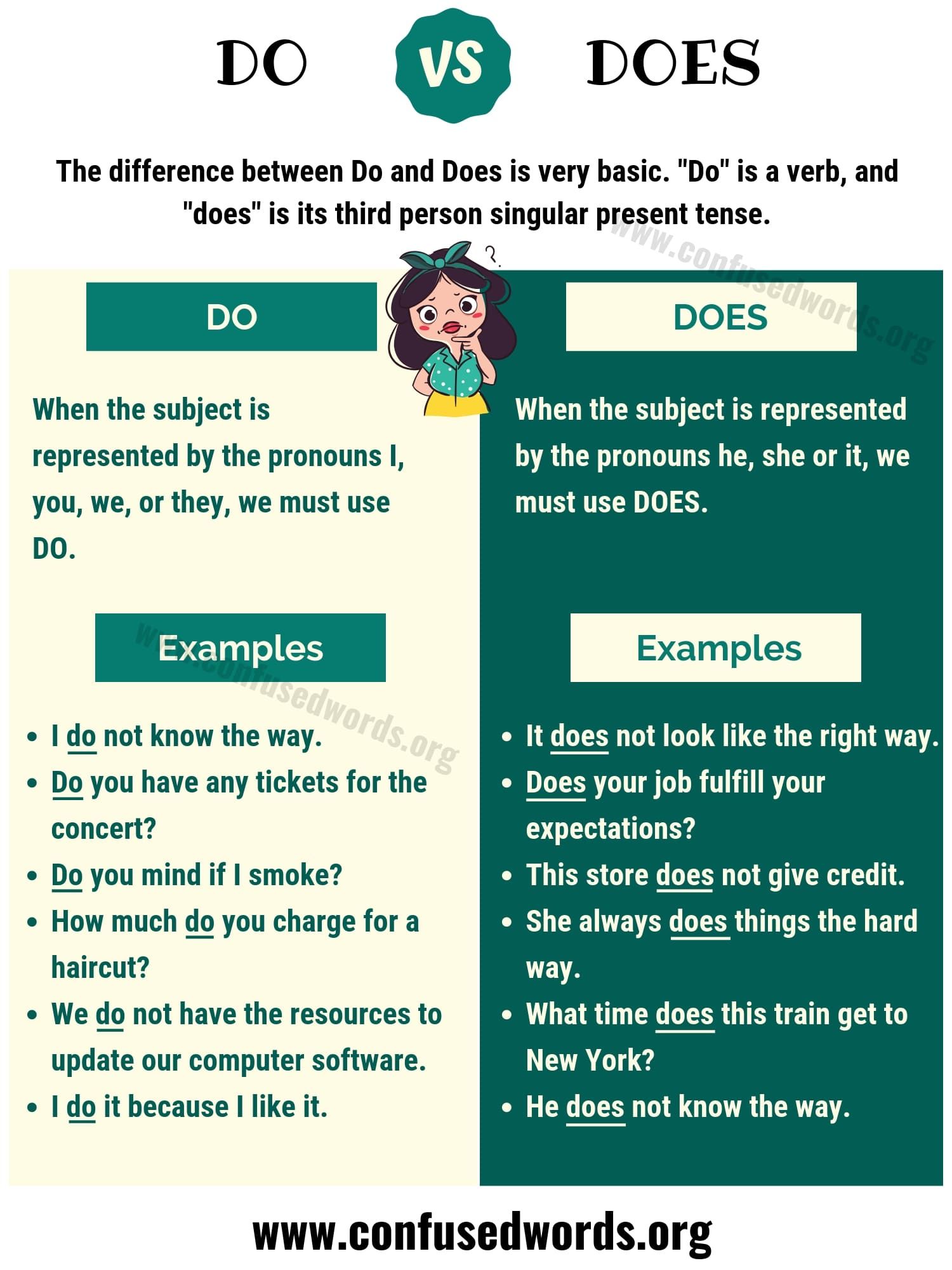Which Is The

The topic of determining "which is the" best or most suitable option in a particular context is a complex and multifaceted one, as it depends on various factors and criteria. To provide a comprehensive analysis, let's explore this concept in depth, focusing on the aspects that influence decision-making and the importance of context.
Understanding Context and Criteria

When evaluating options to determine “which is the” best, it’s crucial to first establish the context and the criteria for evaluation. The context can range from consumer products and services to scientific theories and methodologies. For instance, in the realm of technology, the question might be “which is the best smartphone?” while in science, it could be “which is the most accurate theory of gravity?” The criteria, therefore, must be tailored to the specific area of inquiry, considering factors such as performance, cost, environmental impact, or theoretical consistency and predictive power.
Importance of Objective Analysis
Conducting an objective analysis is paramount when trying to determine “which is the” best option. This involves considering multiple sources of information, evaluating the methodology used in any comparative studies, and understanding the potential biases or limitations of the analysis. For example, in evaluating the best smartphone, one might look at technical specifications, user reviews, and comparative benchmarks. It’s also essential to recognize that “best” can be subjective and depend on individual needs or preferences, highlighting the importance of personalized criteria in the decision-making process.
| Evaluation Criteria | Description |
|---|---|
| Performance | Assesses how well an option fulfills its intended function or purpose. |
| Cost-Effectiveness | Evaluates the financial efficiency of an option, considering both its cost and the value it provides. |
| Sustainability | Considers the environmental and social impact of an option, including its production, use, and disposal. |

Real-World Applications and Examples

In the real world, the process of determining “which is the” best option plays out in numerous scenarios. For instance, in healthcare, it might involve evaluating different treatments for a disease, considering factors such as efficacy, safety, cost, and patient quality of life. In education, the question could be “which is the most effective teaching method?” considering outcomes such as student engagement, knowledge retention, and long-term success. Each of these areas requires a tailored approach, highlighting the complexity and nuance of decision-making across different domains.
Technical Specifications and Performance Analysis
When evaluating technical options, such as software or hardware, technical specifications and performance metrics become critical. This might involve analyzing processing speed, memory capacity, compatibility, and user interface, among other factors. For example, in choosing between different programming languages for a project, one might consider the language’s syntax, the size and activity of its community, the availability of libraries and frameworks, and its performance characteristics. Actual performance analysis, through benchmarks or real-world testing, can provide valuable insights into how different options compare in practical scenarios.
The future implications of determining "which is the" best option are significant, as advancements in technology and science continually present new choices and challenges. Staying informed and adapting evaluation criteria to reflect these changes will be essential for making the most informed decisions possible. Moreover, as societal values and priorities evolve, such as an increasing emphasis on sustainability and ethical considerations, these factors must also be integrated into the decision-making process.
What are the key factors to consider when determining “which is the” best option?
+The key factors include understanding the context, establishing clear criteria for evaluation, considering multiple sources of information, and conducting an objective analysis that weighs competing factors and potential biases.
How does the concept of “best” vary across different contexts and individuals?
+The concept of “best” can significantly vary across contexts and individuals, depending on personal preferences, specific needs, and the criteria deemed most important in a given situation. What is best for one person or scenario may not be the best for another.


